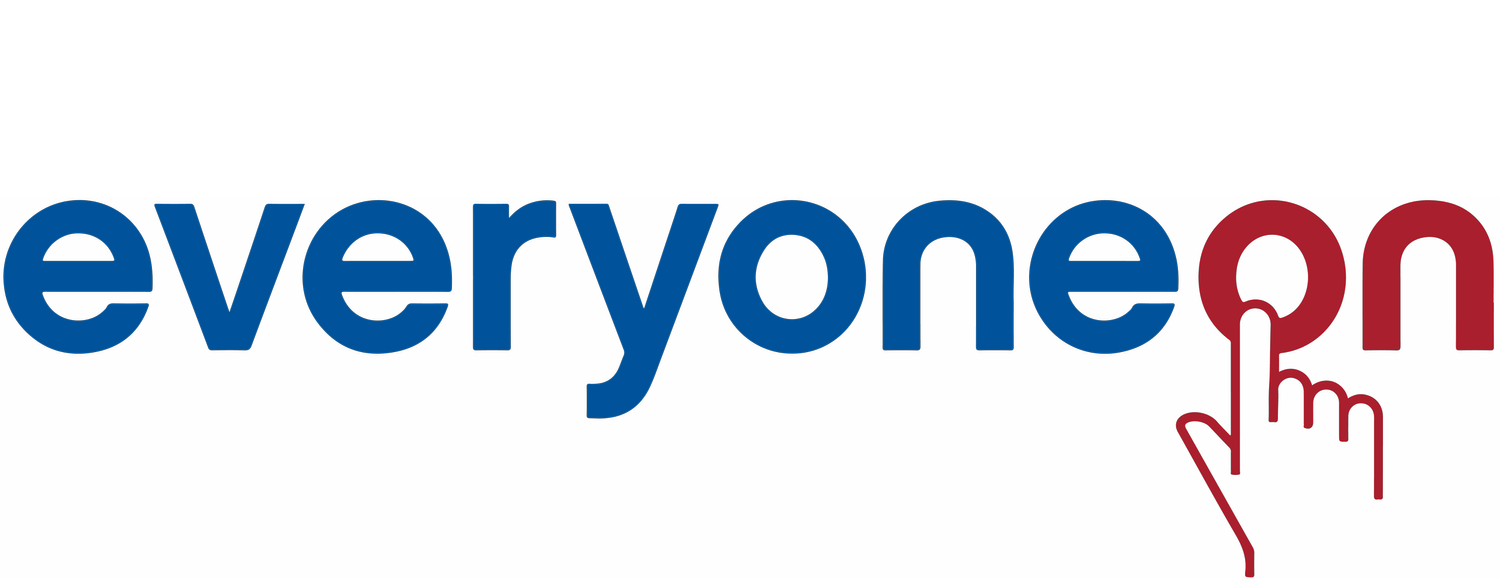The state of digital equity
Final report in a 3-part series on broadband adoption among low- and lower-middle income households during the pandemic
A research partnership between EveryoneOn and Dr. John B. Horrigan
For a short summary of the findings, click here.
Funded by the Ballmer Group and Microsoft Airband Initiative
Overview
The unprecedented Infrastructure Investment and Jobs Act and Affordable Connectivity Program provide an historic opportunity to create a more inclusive and equitable approach to digital equity. With $65 billion allocated to broadband infrastructure and adoption programs, and digital equity planning via the Digital Equity Act, we can make large-scale broadband adoption in communities nationwide a true reality.
Our goals with the national study were first to understand the barriers to connectivity and efficacy of low-cost internet service options; and second, to use the findings to inform digital inclusion policies, advocacy efforts, funding initiatives and other activities advancing digital equity. We hope you find the reports valuable in your own efforts to drive digital equity.
Report 3: The State of Digital Equity
The third and final report ties together lessons learned from the two prior reports on affordability, and digital skills and trust (see reports below), and adds results from focus groups of low-income individuals and digital inclusion practitioners. The report also suggests what the lessons mean for digital equity planning. The findings reveal that equity must be at the center of digital inclusion efforts. We must invite diverse leaders, advocates and community anchor organizations to the table to both provide a clear picture of digital inclusion, and to give them decision-making power about where and how funds should be invested. This report provides recommendations to help guide state and local leaders as they allocate federal funds in their communities.
Download report 3 here.
Download report 3 press release here.
Download the social media partner toolkit here.
Report 2: Digital Skills & Trust
The second report, the second in a three-part series, provides a deep dive on the role digital skills play in people’s interest in and ability to adopt and engage with the internet. It also reveals how much trust people place in public and private institutions such as schools and community-based nonprofits when it comes to learning about discounted and subsidized internet services. The survey findings, focused on income-insecure households (those making $50,000 or less annually), highlight the importance of digital skills training programs and trusted outreach partners as critical components to effective digital inclusion initiatives, like the Affordable Connectivity Program.
Download report 2 here.
Download report 2 press release here.
Report 1: Affordability and the Digital Divide
COVID-19 brought into bold relief the struggles low-income households have in paying for basic needs. The Pew Research Center found that because of the pandemic, 46% of low-income households have struggled to pay their bills compared with 19% of middle-income homes. The Center for Budget Policy & Priorities noted that 91% of families using the child tax credit spent funds on food, rent or mortgage, or utilities. Paying for home internet service has been no exception.
Broadband bills are a financial strain for many
Understanding affordability of internet service is crucial to create solutions for the digital divide. This first in a series of three reports focuses on affordability of internet service and the role it plays in adoption. Findings show what low- and lower-middle income households pay for monthly internet services and their attitudes about whether this is a burden on their finances.
Download report 1 here.
Download report 1 press release here.



